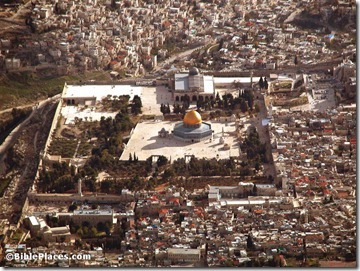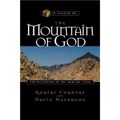Looking back over the year is a profitable exercise for me personally because I forget so much and so quickly. Perhaps it is the volume of information coming from all corners of the globe that trains the mind to retain very little. A review of the posts here over the past year reminds us of recent history but it also allows us to judge what was more important and what was less.
I have compiled several lists of “top stories.” Today we will review major discoveries, top technology-related stories, and losses. Tomorrow we will survey significant stories, noteworthy posts, and favorite resources of the year.
These lists are subjective, and since they are based on what the authors of this blog decided to post (and not to ignore), they are doubly subjective. The primary criteria for inclusion here was that the story was posted on this blog and then it caught my eye when I reviewed the year’s stories. The lists follow a roughly chronological order.
Top 10 Discoveries of 2012:
Vessel of Jewelry Discovered at Megiddo (with update)
Egyptian Scarab Discovered in City of David
Cultic Objects Discovered at Khirbet Qeiyafa (and more)
New Gezer Boundary Inscription (and another re-discovered)
Seal Impression from Bethlehem Discovered in Jerusalem
New Sculpture from Tell Tayinat (and the treaty tablet) (and update)
Samson Mosaic Discovered in Galilee Synagogue
Massive Reservoir Discovered near Temple Mount
Desecrated Temple Discovered at Beth Shemesh
Judean Temple Discovered Near Jerusalem
More Discoveries of 2012:
Iron Age Fortress Excavated in Ashdod
Cave for Demeter Worship Identified in Judean Hills
Seal of Mattaniah Discovered in Jerusalem
Cave Discovered in Gezer Water System
Gold and Silver Treasure Hoard Discovered from Bar Kochba Revolt
Alleged Samson Seal Discovered at Beth Shemesh
Gold Coin Cache Discovered in Apollonia
Neolithic Jewelry Discovered near Sepphoris
Hasmonean Village Found in Jerusalem Neighborhood
Top Technology-Related Stories of 2012:
Microarchaeology in Gath Excavations
Egyptian Pyramids Discovered with Google Earth
Wikipedia wins: Photography is now allowed in the archaeology wing of the Israel Museum
Losses:
Manfred Goerg
Tomorrow I will share my choices for most significant stories, noteworthy posts, and favorite
resources.
Source: Pictorial Library of Bible Lands




